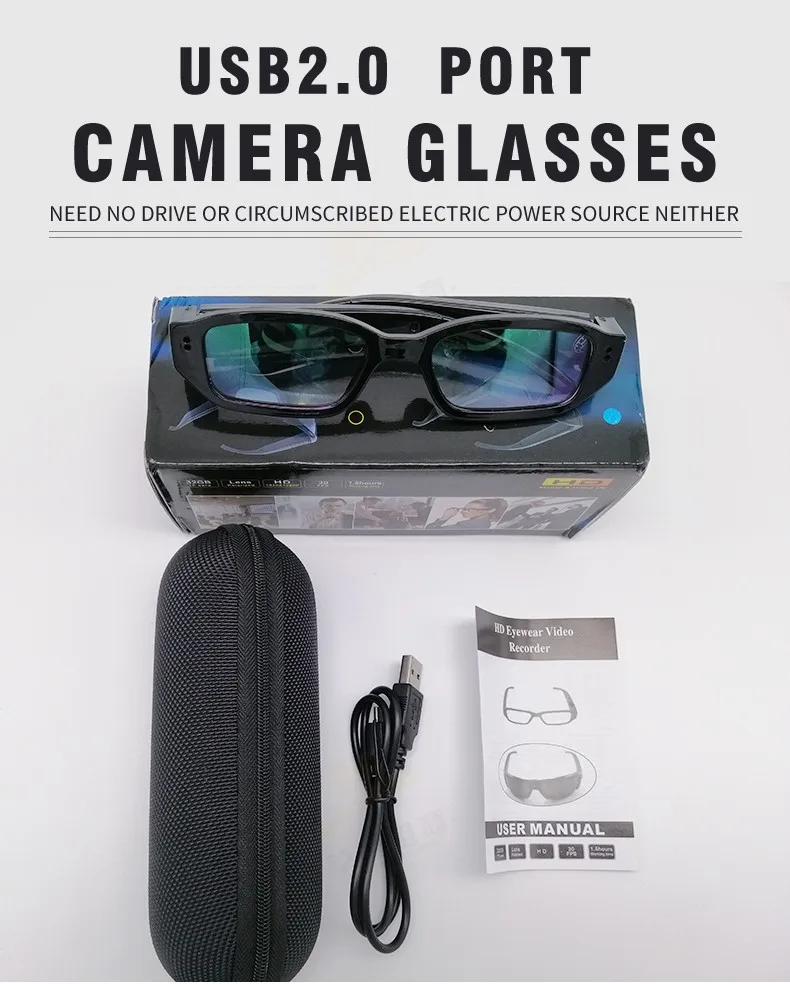

He'd have been smarter to save Scorch to find out if I had an even more powerful card waiting in my hand. He also played Triss, used Scorch, and removed my most powerful card from the battlefield as well, but my most powerful card wasn't particularly strong. Going above and beyond seems to be a pervasive ethos at CD Projekt RED. Considering my enemy had played a card with a very high score of 15, I chose Scorch, which removed his card from battle entirely. I could either pick between an ability that removed weather effects from the board, or Scorch, the most powerful card on the battlefield. Some hero cards like Triss have single-use abilities attached to them when they're put in play. In the final round, I played a hero card, Triss Merigold, and when doing so I was presented with two different abilities for her to use. The Northern Realm's passive allows you to draw an extra card if you lose a round, so with a decoy, my spy card, and the deck passive ability, I had far more cards to use for the next two rounds against my opponent.

It's a similar strategy I've used in the single player version, but it seemed just as sound versus other players as well. I decoyed back one of my more powerful cards on the battlefield, then passed the round, allowing him to win by a sizeable margin – but he'd wasted more cards than me as a result.

I placed a spy card into his ranks, gaining two cards for my hand, further inflating his score. In the end, I emerged victorious, primarily due to my tactical plays in the first round. I decided to concede the first round to him. I baited the enemy player into spending some powerful cards by using some powerful cards of my own. I drew a decoy card for my first hand, which allows you to remove a card from the battlefield and put it back into your deck. Some cards you might be familiar with from the single player version have been altered, and even in my brief demo, there were dozens of new cards I hadn't seen before.īluffing and deception are as important as the deck you bring to the table, and it was that knowledge that helped me beat my opponent for our demonstration. The Northern Realms deck focuses heavily on siege weapons Skellige focuses on resurrecting cards already removed from battle Scoia'tael relies on mobility and subterfuge and Monster decks exploit bad weather cards which neuter cards in certain segments of the board.Īs noted by CD Projekt RED, they retuned Gwent for balance in a competitive environment. Four decks were available in my demonstration, with an extra on its way for the game's planned closed beta. Similarly to other trading card games, Gwent features multiple decks, in this case inspired by The Witcher 3. Both of us selected a pre-made Northern Realms deck. Hands-on with Gwentįor my hands-on demo, I played against the chap sitting opposite me. It sounds simple enough, but the multitude of modifiers, status effects, unique character card abilities and more elevates Gwent far beyond its basic premise. If your power score is higher than your opponent's, then you win the round. Most unit cards have a score attached, and the cumulative score of all the cards in play contributes to your overall power. The front row is for melee, the second row is for ranged, and the third row is for siege weapons. The Gwent board is split into three segments per player and is supposed to mimic a battle between armies.


 0 kommentar(er)
0 kommentar(er)
